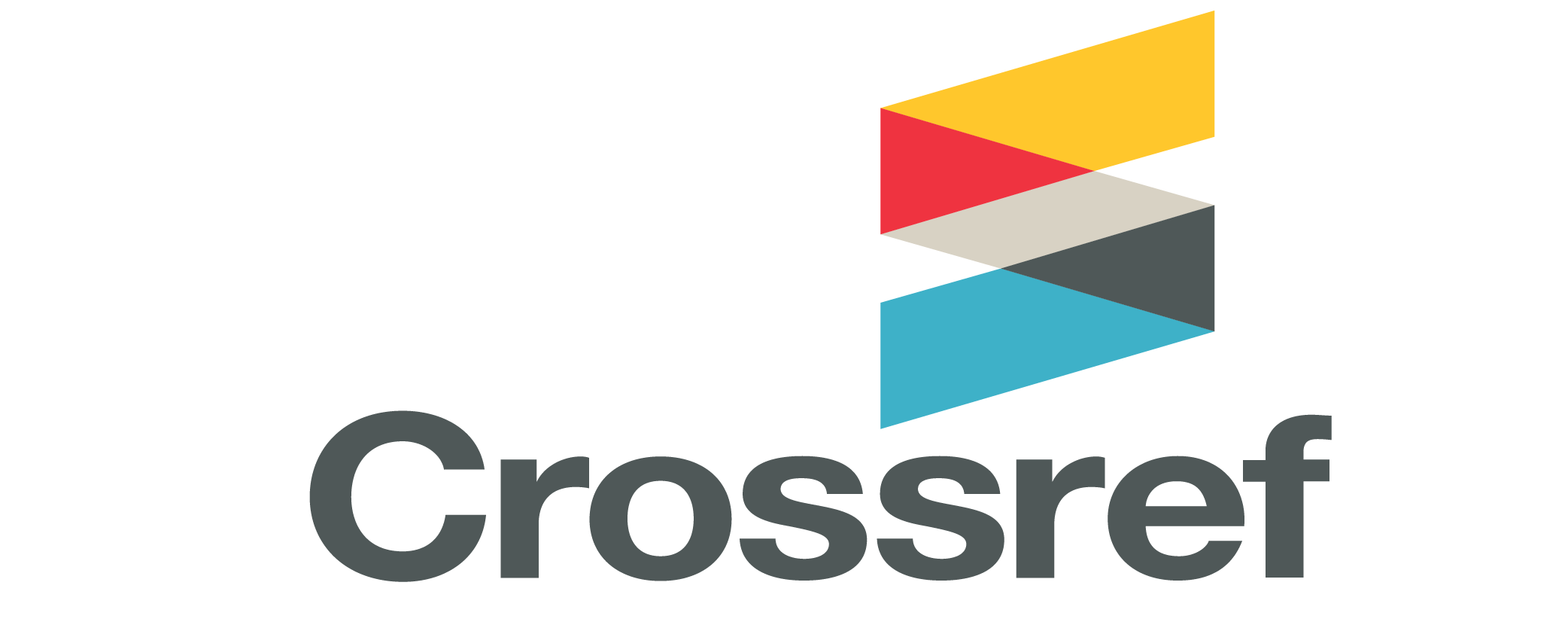Search
Search Results
-
Analysis of consumer habits and attitudes on the Hungarian beef and rabbit market
67-70Views:196As a consortium partner the authors took part in a research project aiming at the development of high added value, healthy and environment friendly animal products. From among the products developed by the consortium (rabbit meat, omega3-fatty acid enriched beef, goose liver from non forcible feeding, selenium-, vitamin-E and natural color enriched eggs) the present study describes the results concerning beef and rabbit meat. The given products are chosen because they are produced in and exported from Hungary in considerable quantities and their competitiveness can be further improved. In order to able to map the consumer preferences a 300 count nationwide, representative, questionnaire based survey was designed and performed. Actual products were tested by focus groups and professional interviews. Beside the specific features of the products a common character is that the marketing strategy focuses on the distinctive nutritional benefits and other quality parameters that seem to be of crucial importance for the targeted consumer segment. Their unique character and health protecting effects make their branding and using community labeling easy. Their positioning points toward the prestige products therefore consumers tend to accept higher prices. In marketing communication the image building advertisement can be a common goal.
-
Consumer attitudes and preferences about the pork meat in Hungary (based on cluster analysis)
151-158Views:262In my study I wish to investigate the fact that how the pork consumption of Hungary changed during the last years. This study focuses on consumer’s attitudes about (pork) meat, what do they think about the healthness of the different meat type, what are the strengths and weaknesses of pork meat, what are the main features of good quality pork meat, what are the major pork purchase influencing factors and what are the favourite food of the respondents from pork meat etc. Then I analyze the tendency of these values (cross tabs, bar/pie charts, means, Chi-square), where can be found significant differences, and make a cluster analysis to identify the pork consumers in Hungary.
-
A study on consumer habits in the dietary supplements market
5-12Views:622There has been a continuous increase in the proportion of consumers using dietary supplements worldwide. Evidence based on former surveys suggests that in Hungary more than half of the population buy at least one type of dietary supplement (hereinafter DS). By using secondary research, the authors of the present paper examine the demographic factors determining the consumption of DS on a global scale. Consumption of DS increases with age and is more frequent among women. Consumers with higher qualifications and income tend to buy products containing vitamins and minerals to a greater degree. In the vast majority of cases the purchase and consumption of DS is based on consumers’ personal preferences and decisions, rather than on their physicians’ advice. It has been found that a high percentage of DS consumers probably do not even need any extra nutrient intake. In our primary research (N=1000) the specific attitudes to and characteristics of DS consumption among Hungarian adults are analysed on the basis of on a nationally representative survey. First, we identify the most important reasons which encourage consumers to buy DS. Consumer awareness concerning DS with a particular vitamin and mineral content and of other sources is examined, and we also assess the consumption of the product which is the most popular. The current paper attempts to identify the outlets Hungarian consumers typically buy DS from, and also what resources they use to keep themselves informed about these products. Consumers who admittedly reported (regular) consumption of a certain kind of DS product 6 months prior to the survey are further examined in relation to certain additional issues. The results of our survey provide an accurate picture of the DS consumption habits of the Hungarian population.
JEL CODE: I12, M31





